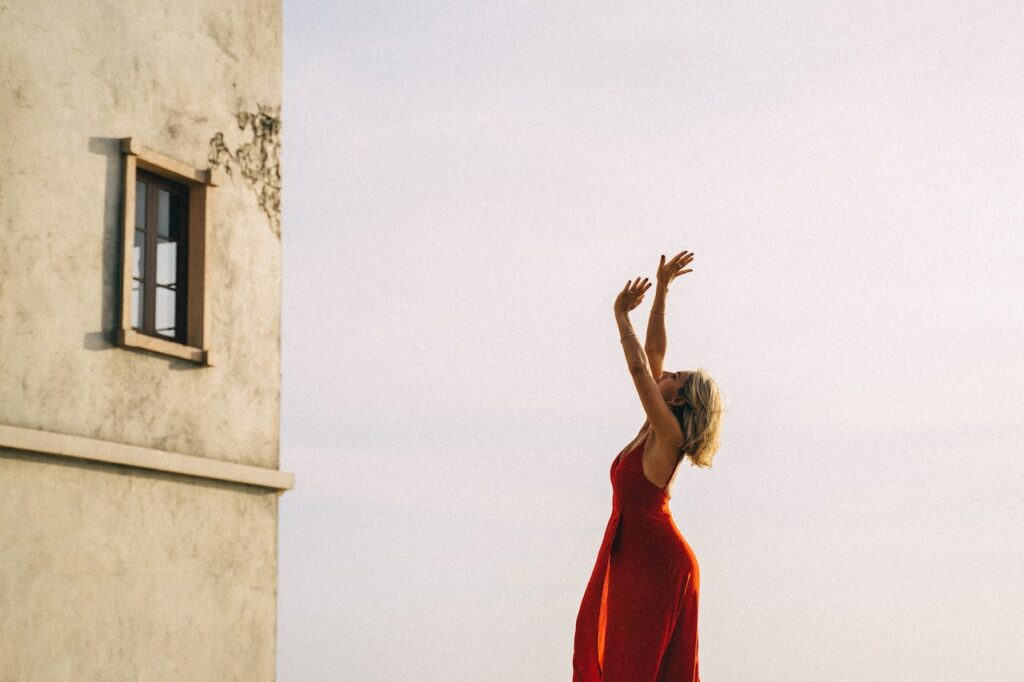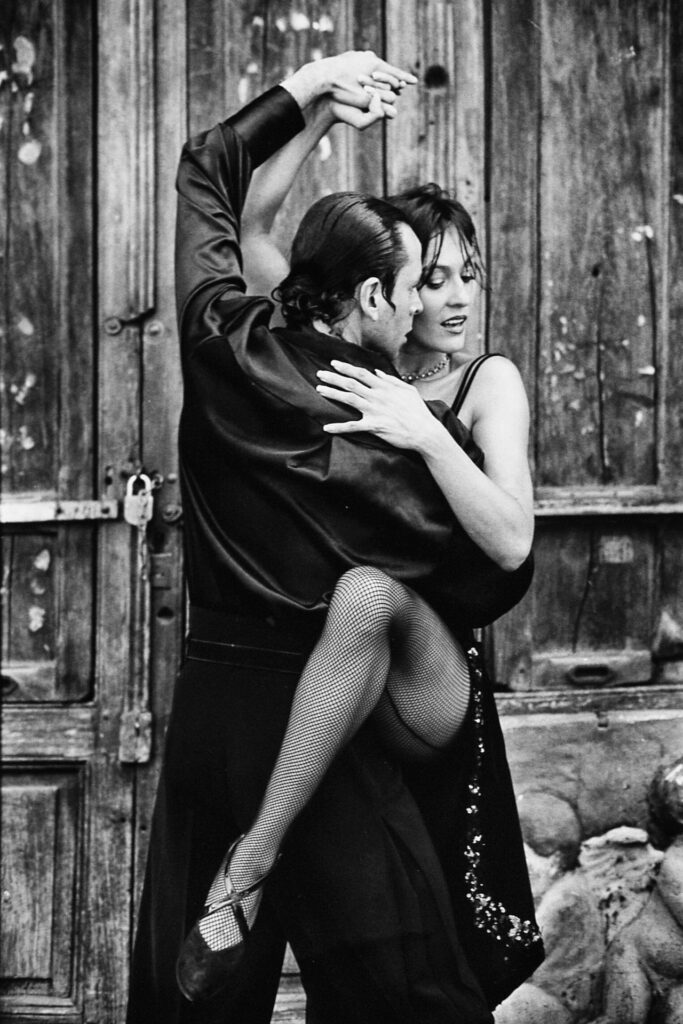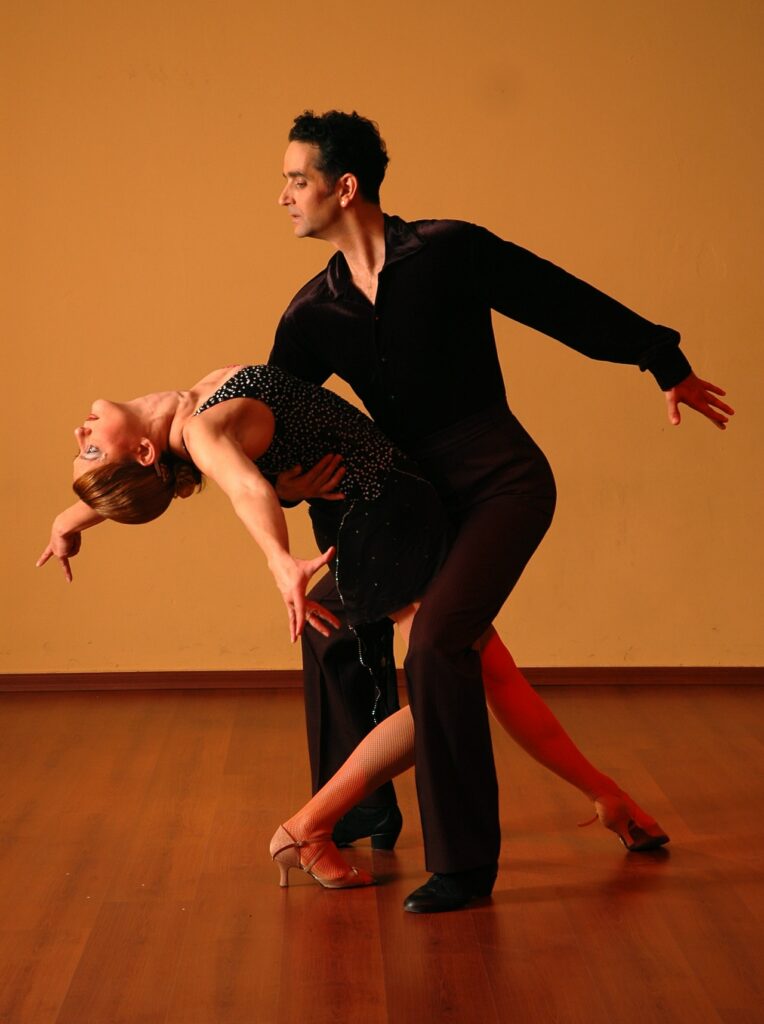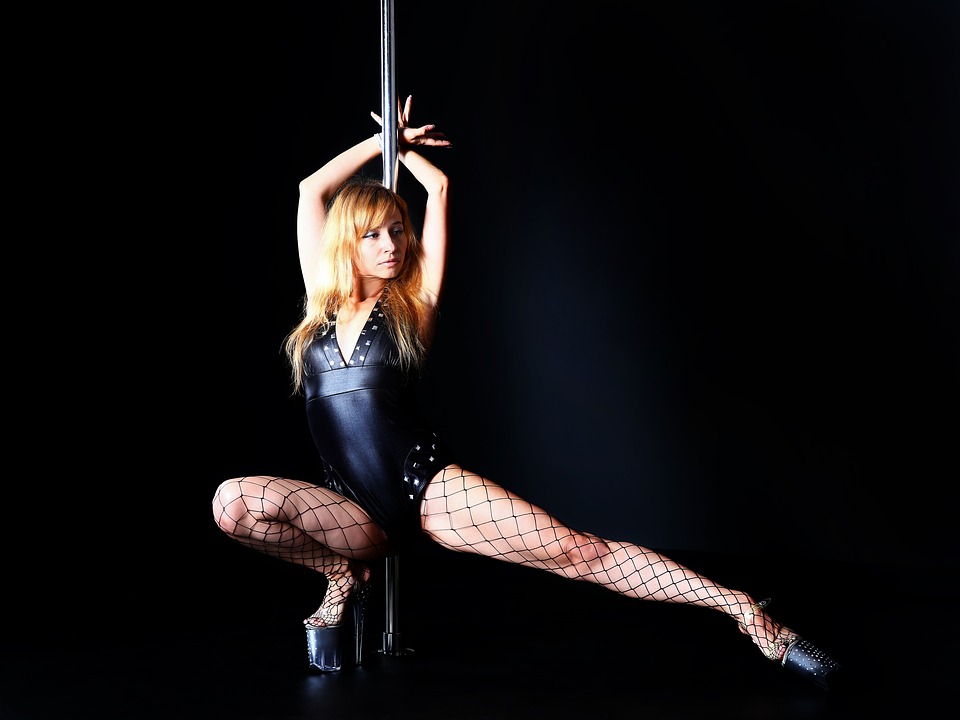
Summary
Welcome » Welcome » Guide to dance types » Travel to the Caribbean with Cuban dances
Travel to the Caribbean with Cuban dances
THE Cuban dances attract you? It's time to meet the best sensual and festive dances of the world ! Take your best partner at arm's length and share a moment of joy and rapprochement. Dare to move to the frenetic rhythm of Cuban style. So, ready to find out more?
Summary
Discover the history of Cuban dances
The dance is anchored in Cuban culture and reveals a true cultural richness. Cuban dances are an integral part of the Caribbean island's history. These dances have not stopped traveling since they are deeply rooted in African, European and indigenous traditions. Today, these dances are iconic elements of Cuban culture. We will explore the history of this type of dance and learn about the popular dances of Cuba and how they are danced.
Afro-Cuban origins
The Cuban type of dance began with the arrival of African slaves in Cuba in the early 16th century. Indeed, these men and women brought with them their cultural baggage, notably musical traditions and ritual dances. To escape from their daily lives, they danced.
Over time, the African traditions merged with those of the natives and the Spanish. This is how Cuban dance took shape. Indeed, on the island of dances like rumba where the yambu began to appear, mixing spirituality, resistance And celebration. From then on, this type of dance established itself as a authentic expression of Cuban culture.
Spanish influence
In the 17th century, Spanish influence on Cuban dance took over. Indeed, she brought a style of European ballroom dance, contradance. The latter was introduced to African rhythms. Then, this fusion gave birth to the dance style his Cuban which has become one of the most popular dances on the island.
The golden age of Cuban dance through mambo and salsa
In the middle of the 20th century, Cuban dance experienced considerable growth. Indeed, it began with the mambo, a dance with energetic movements and complex combinations. But the 1959 revolution brought major new changes to the country. This caused a mass immigration of Cuban dancers and singers to other regions. Thus, the Cuban and North American fusion gave rise to salsa, which is one of the most influential dances on a global scale.

Popular dances of Cuba
The island is full of diversity and richness in terms of dance. Popular dances are characterized by a sensory experience, of the intoxicating rhythms, of the graceful movements and an passion which emanates from this art. Let's analyze some of these dances that have captured the souls and hearts of millions of dancers.
The casino
Casino dancing is a form of social dance derived from salsa. It is distinguished by its fluid style, her improvisation and his circular movements. We will see how the latter is danced.
The fundamentals of dance
First of all, before focusing on dancing, it is important to understand the rhythms who make up the Cuban music used for this style. It can be tumba francesa, which are Cuban drumming or something else. Start by listening to percussion, brass and to melodies to familiarize yourself with the upbeats and downbeats. This will make it more natural for you to feel the beats and help you get in sync with the music.
Then, as said previously, the casino is a social dance. This is why it is important to practice building a intimate connection And deep with your partner. Especially by looking him in the eyes and making physical contact. In this way, you develop a non-verbal communication which allows you to transmit subtle signals to your partner.
The basic steps
THE no basis of the casino are relatively simple and form a solid basis for performing more complex moves. Here they are :
- The simple casino step : this is a side step, then the other foot is brought back to join it.
- The double casino step : these are two steps sideways followed by one step backwards.
- The Crossover Casino Step : here, you move your right foot in front of your left foot and the left foot comes to position itself next to the right foot.
Then, once you feel comfortable with these steps, you can add towers and figures. These latter can be circular movements, of the place exchanges or some tour requests.
The casino street
Rueda is a style of dance inspired by salsa combined with group coordination. The particularity of this dance is that it is done in groups, the movements are performed in circle sync, with the presence of a leader which guides the steps and figures to be reproduced. Let's take a look at his way of dancing. Finally, it is essential that the leader is clear and precise in his instructions, and the dancers must be alert if their number comes out.
Assimilate the construction of the dance
As said before, the rueda consists of a group of dancers in a circle where each is assigned a number of figures. Then, the leader, often in the center of the circle, calls out the figures one by one and the dancers perform to reproduce them.
Learn the basic steps
Rueda is essentially based on the basic steps of salsa, so it is important to have a solid knowledge of this dance. But, they are the same as casino dancing. That is to say, a lateral step, two side steps followed byA step back and one not crossed in front of the other.
The most important remains the fundamental figures which add dynamism to the dance. Here they are :
- Lady Two : the dancer performs a turn to the right.
- The exchange of places : this is the moment when the dancers cross paths.
- Dile que no : the dancer turns under the arm of the dancer.
- Vacila : the dancer makes a feint movement.
- Shows off : partners perform a series of movements in synchronization.
Salsa suelta
Salsa suelta is distinguished by its absence of partner. Indeed, instead of dancing as a couple, Cubans have the freedom to express oneself individually for a unique immersive experience. Here are the essential steps to shine solo on the dance floor.
Understanding the movements that make up salsa suelta
First of all, know that this type of dance offers total freedom of movement. But, you need to work on your posture and balance and be aware of the space around you. Even if you dance alone, you need to know the basics of salsa, so the lateral step, THE step forward and backward and the simple rounds while remaining in sync with the music. Then, regarding the towers And figures, you are free to integrate what you want, whether it is hip movements, turns, body shifts or arm movements.
The sound
The dance of sound is both sensual And rhythmic, practiced as a couple. She was the precursor of salsa and had a major influence on the development of contemporary latin dance. Today we will give you an overview of this dance.
The basic elements of sound dance
The dance of sound is closely linked to the music Cuban, the sound. Therefore, it is important to recognize the key, THE congas and the percussion which set the tone of the music. After which you can concentrate on connection with your partner. For this, you can keep a eye contact And physical throughout the dance so you can identify each other's needs and anticipate each other's movements.
Then you can work on the no basis of dance which are the side steps, forward and backward steps and cross steps. As for the towers And figures, you can include full turns, lateral moves and some creative patterns.
The chachacha
Chachacha is a Latin dance, originating from Cuba but which has roots in several cultures. It became popular in the 1940s in Havana clubs.
The basic gestures of chachacha
The basic movements are relatively simple and are distinguished by its four-beat rhythm. Here are the steps to know:
- The side step : it is a side step to the right with the right foot.
- Gathering of the feet : the left foot joins the right foot.
Repeat these steps while maintaining the rhythm “1,2,3 & 4”. Next, be sure to keep a elegant posture, standing straight, torso raised and shoulders relaxed. Pay attention to your hip and foot movements that must be controlled and precise. Finally, you can finish by incorporating figures and towers such as a full turn or lateral movements.
The danzon
The danzon is the very essence of romanticism and some grace which played a crucial role in the cultural history of Cuba. This type of dance was influenced by European dances, notably contradance but also by African and Spanish dances to become a dance sophisticated And glamour.
It is danced with side steps, chase steps and steps forward and backward. Subsequently, figures and tricks can be integrated, including circular movements and graceful movements.
The yambu
Yambu is a Cuban dance with a rich history coming from Afro-Cuban traditions. Indeed, it comes from African ritual dances which date back to the traditions of the Yoruba and Congo peoples in West Africa. Then it evolved to become a dance in its own right.
Know the steps of the yambu
Yambu is different from other Cuban dances since it consists of slow, deliberate movements to emphasize bodily expression and the connection with music. Furthermore, even if the movements are simple, they require extreme precision. We are talking about lateral movements, torso rotation and hip movements. Then, it is essential to control your body and to have a connection with your partner that results in a mutual respect, grace and delicacy in the movements.
The benefits of Cuban dances
The dances carry many profits for body and mind. Let's discover them:
- Improved physical condition
- Stimulation of the cardiovascular system
- Better management of stress and anxiety
- Liberation of expression and artistic creation
- Strengthening social relationships

What to remember about Cuban dances
First, we saw that Cuban dances have Afro-Cuban origins as well as Spanish and European influences. Then, we were interested in several types of Cuban dances where we explored several types of dances which are as follows:
- The casino
- The casino street
- Salsa suelta
- The sound
- The chachacha
- The danzon
- The yambu
Moreover, the not are similarly the same, namely:
- Lateral steps
- Forward and backward steps
- The crossed steps
Finally, we pulled the benefits what these rhythmic dances bring:
- Improved physical condition
- Stimulation of the cardiovascular system
- Better management of stress and anxiety
- Liberation of expression and artistic creation
- Strengthening social relationships
Work on your movements at DECIBEL ®
Before starting a Cuban dance, why not learn how to perform basic movements at DECIBEL ® ?
Cuban dances require a certain mastery of basic movements, which is why it is important to know basic choreographies before specializing. At DECIBEL ® we want you to become the best dancer! This is why we are giving you the opportunity to draw your glutes, abs and thighs during 45 minute intensive workout sessions on the bottom of rhythmic music to put you in a Cuban atmosphere!
Go wild in strengthening your cardio and muscles on dynamic choreographies under dim lights thanks to our coaches present to help you perfect your movements.
DECIBEL ® is waiting for you!
Read also
follow us
on instagram
Follow our news,
take advantage of our tutorials and participate to our
contests!
BREAKING NEWS!
Receive our newsletter.






